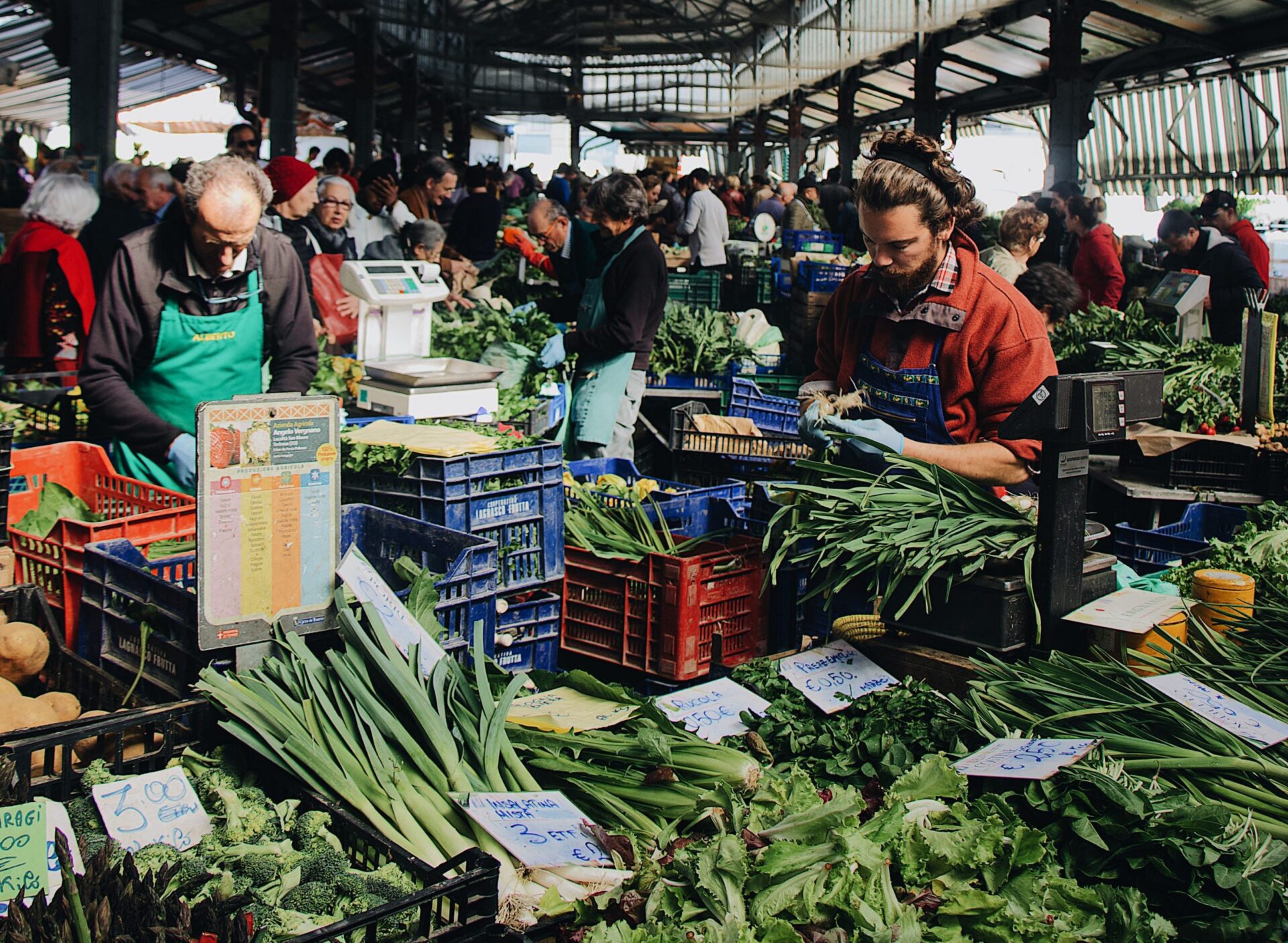Domestic food price inflation remains high around the world. Information between August and November 2022 shows high inflation in almost all low-income and middle-income countries; 88.2% of low-income countries, 90.7% of lower-middle-income countries, and 93% of upper-middle-income countries have seen inflation levels above 5%, with many experiencing double-digit inflation.
The share of high-income countries with high food price inflation has risen to 81.8%.
The countries affected most are in Africa, North America, Latin America, South Asia, Europe, and Central Asia, according to the World Bank.
The agricultural and export price indices closed 1% and 6% higher, respectively, compared to the last update in early December; the cereal price index closed at the same level.
Wheat and rice prices closed 1% and 6% higher, respectively, whereas maize prices were 1% lower over the same period.
Average wheat prices for December 2022 are now 5% lower on a year-on-year basis, while maize and rice prices are 9% and 12% higher, respectively.
Maize and wheat prices are 28% and 18% higher, respectively, than in January 2021, while rice prices are 11% lower.
The 2022 Global Hunger Index indicates that overlapping crises have exposed the weakness of food systems and that global progress against hunger has largely stagnated in recent years.
According to the report, the impacts of ongoing regional conflicts, climate change, Covid-19, the war in Ukraine, supply chain disruptions, and high and volatile food, fertiliser, and fuel prices have drastically weakened the world’s already inadequate, unsustainable food systems.
As a result, the world is experiencing the third global food crisis in less than two decades. The regions with the highest score in the Index are South Asia and Sub-Saharan Africa, which are considered serious.
Asia World Trade Organisation (WTO) report showed its member states are introducing trade restrictions at an increasing pace – for the first time since 2009, export restrictions have outpaced import restrictions during the WTO Trade Monitoring review period.
WTO Director-General Ngozi Okonjo-Iweala called on members to refrain from adopting new export-restrictive measures, particularly those on food, feed, and fertilisers.
Following the start of the Ukraine war, trade-related policies imposed by countries have surged. The global food crisis has been partially made worse by the growing number of food trade restrictions put in place by countries with a goal of increasing domestic supply and reducing prices.
A World Bank report noted the Covid-19 pandemic caused a major setback in global poverty reduction. Now, rising food and energy prices fuelled by climate shocks and conflict have halted the recovery.
The number of people who are experiencing acute food insecurity and will need urgent assistance is likely to climb to 222mn people in some 53 countries and territories, according to a FAO-WFP report.
An IMF paper showed $5-7bn in further spending is needed to assist vulnerable households in some 48 countries most affected by the higher food and fertiliser import prices. An additional $50bn is required to end acute food insecurity.
Clearly, high food prices have triggered a global crisis that is driving millions more into extreme poverty, magnifying hunger and malnutrition.
Source : Gulf Times










